The large supply of mango wood furniture makes you think of forests covered with mango trees. But the abundance of wood is due to the rapid growth of the trees and the fact that, once they reach maturity, mango production starts to decline, leading to their being sacrificed to replant plantations. The large quantity of wood and the short processing time until it goes into production lead to an affordable price for the furniture, which has increased demand. This wood caught my attention because I have seen several complaints of warping and finish problems with mango furniture pieces. In trying to find the cause of these shortcomings, I found out some interesting facts about the mango tree and mango wood, which I invite you to discover below.
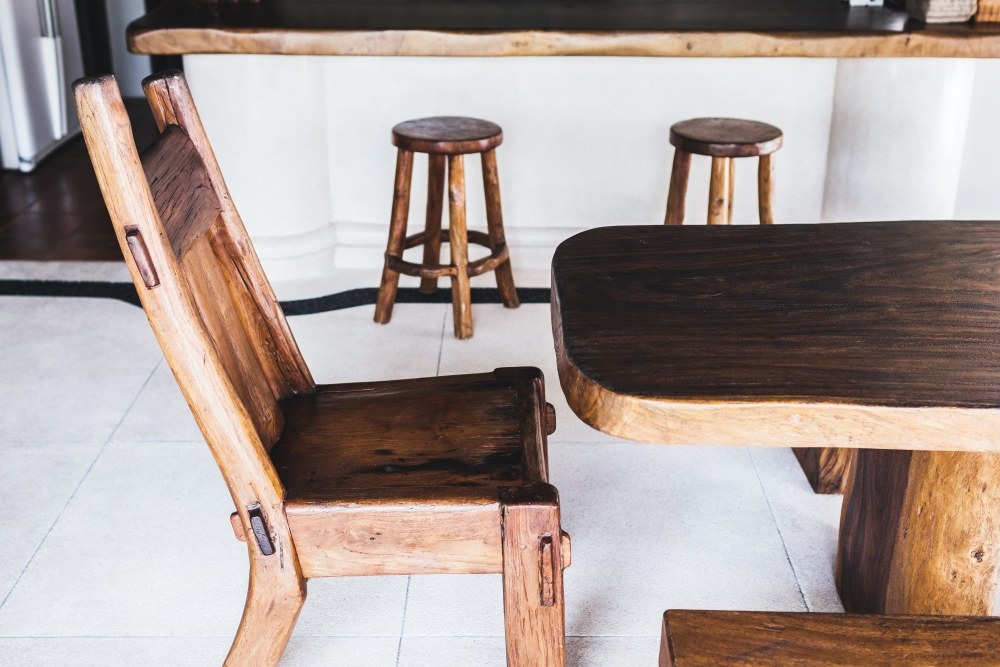
National tree and fruit in South Asian countries
The mango tree originated in regions of South Asia, with India being the place where it has been cultivated for thousands of years for its great-tasting fruit. In India, the mango is considered the national fruit and in Bangladesh it is the national tree. Cultivation has gradually spread to the Philippines, Indonesia, Malaysia and Thailand, where new varieties have emerged. The qualities of the fruit and the development of the trade have led to its cultivation spreading to tropical regions of Africa and South America. The fruit was first described in Europe by the Swedish botanist Carl Linnaeus in 1753.
Many legends and myths are linked to the mango. In India, it is said that if a mango is planted in the backyard, good fortune and family prosperity increases. In Hindu mythology, the mango is associated with the god of love, Kamadeva. He used the mango flower to inspire passion in the hearts of those in love. Some cultures consider the mango to be the fruit of eternal love, with the love between partners being eternal if they eat from the same fruit.
The mango is now known as the tree that produces the largest fruit, as recorded by the Guinness Book of Records. In 2010 a mango from the Philippines was recorded weighing over 3.5 kilograms. There are over 1000 varieties of mango worldwide, each with distinct characteristics related to taste, color and shape.
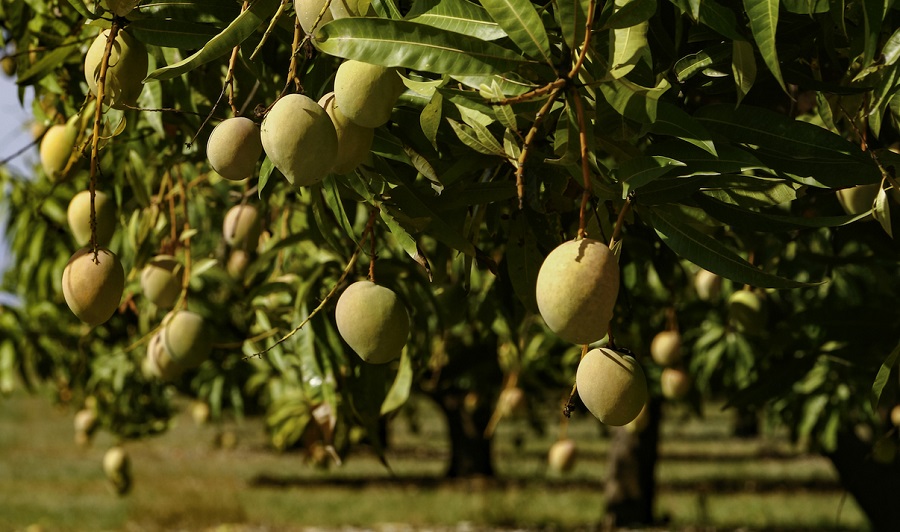
A very fast-growing tree
Mango (Mangifera indica) is part of the Anacardiaceaelike pistachios. It is an evergreen evergreen tree, keeping its leaves evergreen. It grows very fast, reaching maturity in 10-15 years. The mature tree begins to devote its resources to growth and the accumulation of woody cells, the fruit is neglected. Production starts to decline and farmers replace them with younger, more productive plants. In the past, felled trees were burned. Later the wood's qualities were discovered and it became an important resource for affordable furniture.
Mango trees can reach heights of up to 25-30 meters and 1-1.2 meters in diameter. The trunk is covered with smooth bark, ranging in color from gray to dark brown. The crown is round and rich, with elongated glossy green leaves. Flowers are small, fragrant and pale yellow in color. The fruit is large and oval, with green, orange or reddish-orange or reddish rind depending on ripeness and species. The core is yellow and juicy, very rich in nutrients. Inside is the large, flat, hard stone that protects the seed inside.
Good-looking wood, water-resistant but sensitive to sun, insects and fungi
Mango belongs to the group of exotic species and is similar to teak or cocobolo, but much more accessible. As an evergreen species, the cross section through the trunk does not show annual rings but possibly seasonal rings. The sapwood part is sometimes lighter in color, but most of the time the difference between sapwood and heartwood is not visible. Color ranges from cream and very light brown to golden brown or reddish brown, sometimes with yellow or pinkish streaks.
Wood is susceptible to attack by fungi, which is why it often suffocation (spalted wood), the same as beech wood or paltin. As a result, patterns of colored stripes from beige to black appear on the wood surface. It is a defect that increases the quality of the wood, the one that shows this phenomenon, as well as the one with curly or twisted fiber more expensive and more appreciated.
The fiber is straight or twisted, and the texture is medium to coarse-textured with a natural sheen. The pores are large, diffuse, solitary or in radially arranged clusters. The medullary rays are visible. The wood has no odor and dust from processing can cause irritation to sensitive skin. It does not need a long drying and treatment period, sometimes being processed immediately after cutting.
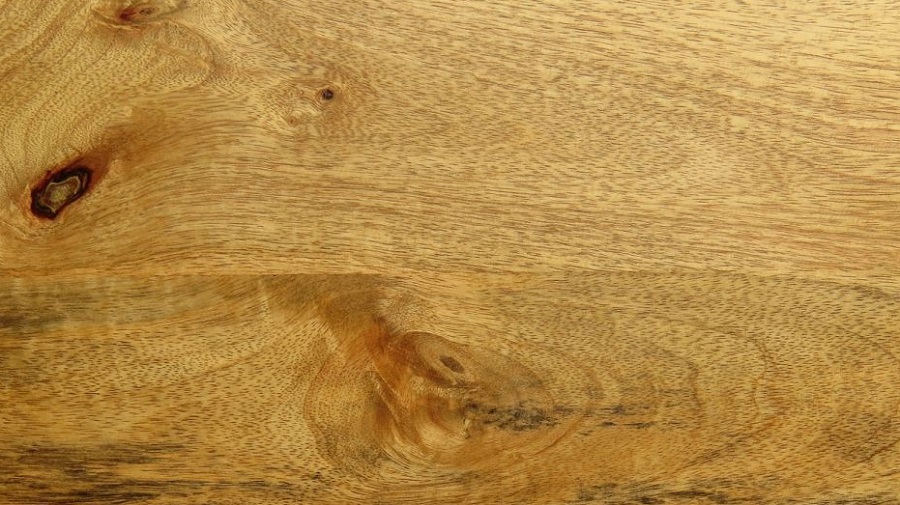
Mango wood has an anhydrous density of 675 kg/m³ and Janka hardness 4780 N, resembling ash or black cherry. It is resistant to moisture but susceptible to insect and fungal attack. It is also very sensitive to sunlight, losing water very quickly when directly in direct sunlight. As a result, cracking, warping and even splitting can occur.
It processes easily, but the high content of silicon oxides (quartz, sand) can lead to rapid damage to machine blades. Turns and carves easily, glues and finishes smoothly. Oil or wax is recommended for finishing because it keeps water in better. Finishing with solvent-based products can accelerate the dehydration process.
Uses of mango wood
Mango wood is mostly processed in the areas where it originates because they benefit from the low price. Transportation to other areas increases the price. The wood is used to make furniture - tables, chairs, beds, beds, wardrobes, chests of drawers, floors, musical instruments, kitchen accessories, decorations, handicrafts. It can also be used for garden furniture, but it must be well protected from the sun and attack by insects and fungi. For such furniture to have a long life, it needs to be well cared for and oiled or waxed at least once a year.
It is used to make panels of various types, plywood and veneer, doors and windows. Most sources, however, do not recommend it for use in construction. Tannin is extracted from the wood and used in the processing of natural leather.
On the Romanian market, mango wood is most often found in the form of furniture. Its medium to coarse texture makes it very suitable for the rustic or rustic industrial style. This is how we find most of the furniture, the mechanical processing being appropriate to the style. The sensitivity to fungus and tannin content often makes the wood look stained.
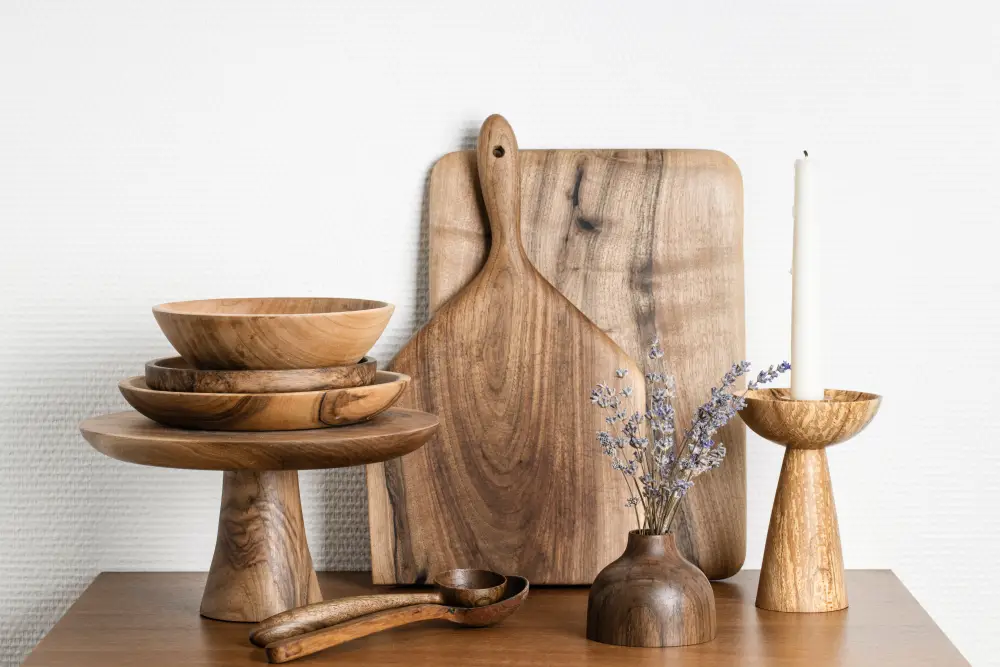
Mangoes are grown primarily for their fruit, which is widely appreciated for its taste and qualities. Studies show that mango production has doubled worldwide in the last 30 years. The wood is a bonus the plant gives us after years of providing us with fruit. Farmers eager to get rid of ageing trees, which show little or no fruit, sell the wood quickly and cheaply. And so we can buy the furniture we want at a very good price (sometimes).
I hope you find the above information useful. As always, additions are welcome. And if you have any questions or queries, please leave them below in the space provided. I will be sure to reply.

























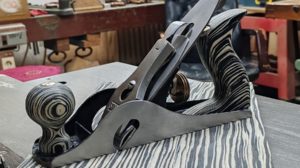
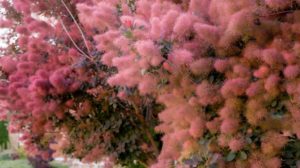

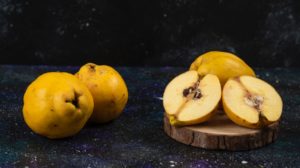

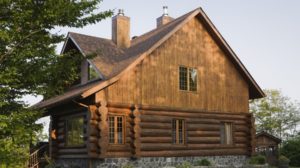
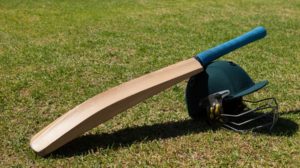
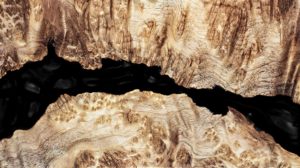



Amazing blog! Do you have any recommendations for aspiring writers?
I'm hoping to start my own website soon but I'm a
little lost on everything. Would you suggest starting with a free platform like
Wordpress or go for a paid option? There are so many choices out there that I'm completely overwhelmed
.. Any suggestions? Appreciate it!